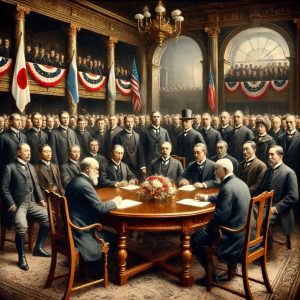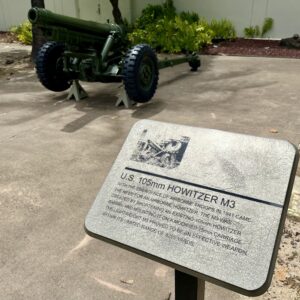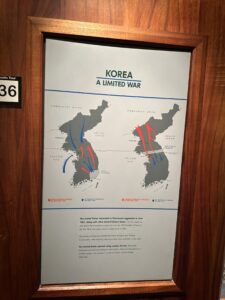In the fast-paced world of career development, setting and achieving milestones can sometimes feel like climbing an endless staircase. However, understanding the psychology behind goal setting and motivation can transform that climb from a daunting task into an empowering journey. This paper explores effective psychological strategies to boost motivation, stay focused, and reach career goals, helping you achieve professional success.
A crucial aspect of achieving career milestones is setting clear, specific goals. Ambiguity can lead to frustration, but when goals are concrete, the path to success becomes more defined. Psychologists often recommend using the SMART framework: Specific, Measurable, Achievable, Relevant, and Time-bound. SMART goals not only clarify your direction but also provide a sense of purpose, enabling you to monitor progress and stay motivated.
Motivation can come from within (intrinsic) or from external rewards (extrinsic). While chasing a promotion or a raise is motivating, research shows that people who find intrinsic motivation—such as a passion for learning or personal growth—tend to achieve long-term career satisfaction. To stay on track, it’s important to find the inner spark that makes your career fulfilling and focus on those deeper rewards alongside external incentives.
The brain is wired to respond to visual cues, which is why visualization can be such a powerful motivational tool. Many successful individuals use this technique to imagine their future success, whether it’s landing a dream job or mastering new skills. Visualization helps create a mental map, making it easier to navigate the steps to achieve the goal. Additionally, positive thinking reinforces belief in your abilities, helping to overcome obstacles with confidence.
Large goals can feel overwhelming, but breaking them down into smaller, more manageable steps can keep you on track. Every mini-milestone you achieve releases dopamine, the brain’s “feel-good” chemical, reinforcing your motivation to continue. Celebrate small wins to sustain your momentum, and you’ll find that each step brings you closer to your ultimate career goals.
Human beings are social creatures, and having support from mentors, peers, or even career coaches can make a world of difference. Accountability systems can keep you motivated and help you overcome roadblocks. When you share your goals with others, you create a network of encouragement that propels you forward.
Success is rarely linear. Failure and setbacks are inevitable, but resilience is key. By cultivating a growth mindset—the belief that skills and intelligence can be developed—you become more adaptable and persistent in the face of challenges. Embrace mistakes as learning opportunities, and they will become stepping stones to your career milestones.
With these psychological strategies, you can sharpen your focus, boost motivation, and climb the ladder to success. Whether you’re eyeing a promotion, a new career path, or personal growth, applying these techniques will give you the mindset to not only achieve your goals but thrive while doing so.




























































































































































































